In modern ultrasonic scaling and electric polishing devices, the vibration frequency impact directly influences post-treatment sensitivity. Frequencies that are too high or inconsistent can over-open dentin tubules and intensify gum and dentin irritation, compromising patient comfort and satisfaction. Therefore, understanding how vibration frequency relates to sensitivity is crucial for B2B device design and clinical protocols.
Vibration frequency determines how many oscillations your scaler or polisher delivers per second:
Finding the right band prevents unnecessary jarring while still achieving effective cleaning.
Post-treatment sensitivity stems from fluid movement within dentin tubules:
Therefore, precise frequency control is key to protecting dentin integrity.
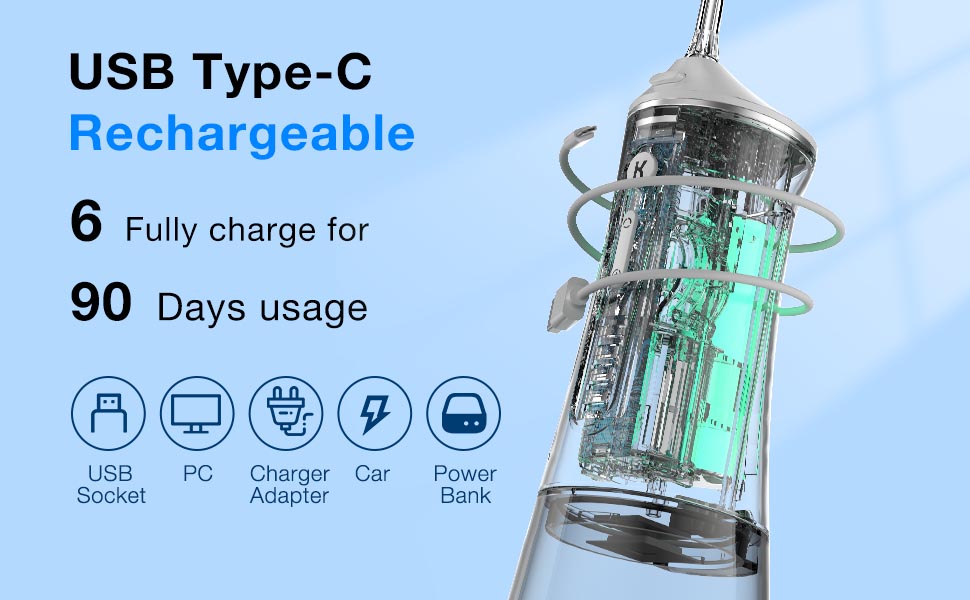
Clinical studies demonstrate the relationship between frequency and comfort:
These data provide evidence-based targets for your device settings.
To minimize sensitivity while maintaining efficacy, manufacturers should consider:
This holistic approach ensures powerful cleaning without compromising patient comfort.
Correct technique is just as important as hardware:
Structured training helps standardize practice and reduce post-treatment sensitivity.
For long-term optimization, integrate intelligence and data analytics:
By continuously refining hardware, software, and protocols, B2B partners can lead the way in delivering low-sensitivity, high-performance treatments.
Conclusion
The vibration frequency impact plays a pivotal role in post-treatment sensitivity. Only through precise frequency control, smart feedback, rigorous technique training, and data-driven iteration can manufacturers provide devices that both clean effectively and preserve patient comfort. For collaboration on next-generation low-sensitivity dental equipment, please contact our engineering team!
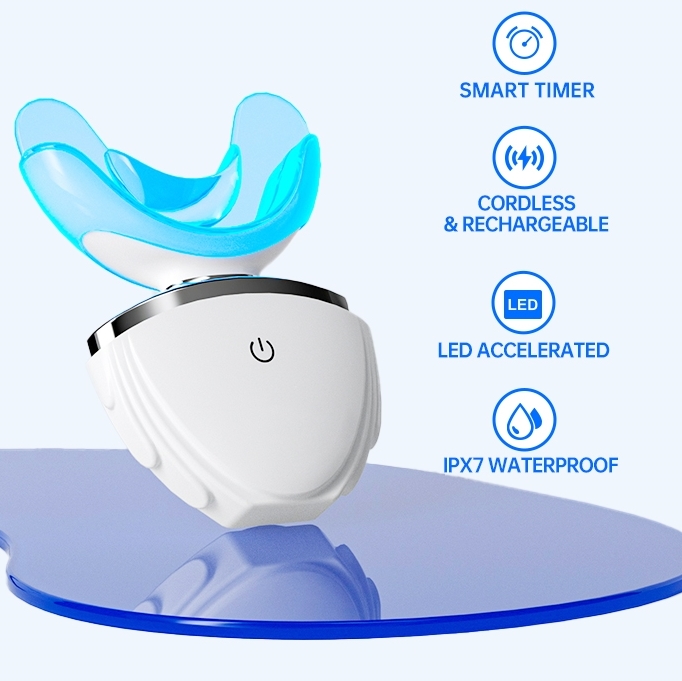

Confused About the Multiple Flossing Options of the Water Flosser? Here’s How to Choose the Right One
Child Compatibility Meets Cold Light Sensitivity: Safe?
Hydrogen Peroxide Concentration & Motor Durability: Linked?
Over-Bleaching Effects from Whitening Effectiveness Claims?
.jpg)
Is the Colorado mountain toothbrush really a Colorado durable toothbrush — proven?

Why Does the Oral Irrigator Make Abnormal Noise After Being Used for a Period of Time?
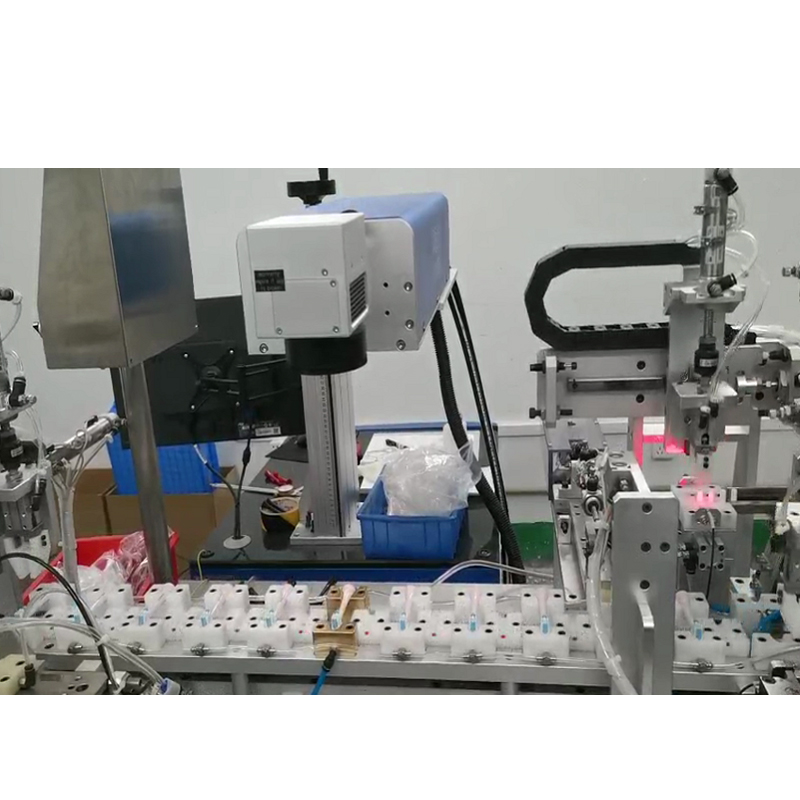
Electric Toothbrush Production Process Diagram: Complete Process from Injection Molding to Assembly and Key Points of Quality Inspection
Can Brush Head Rotation Cause Enamel Erosion?
.jpg)
sonic electric toothbrush Colorado Springs
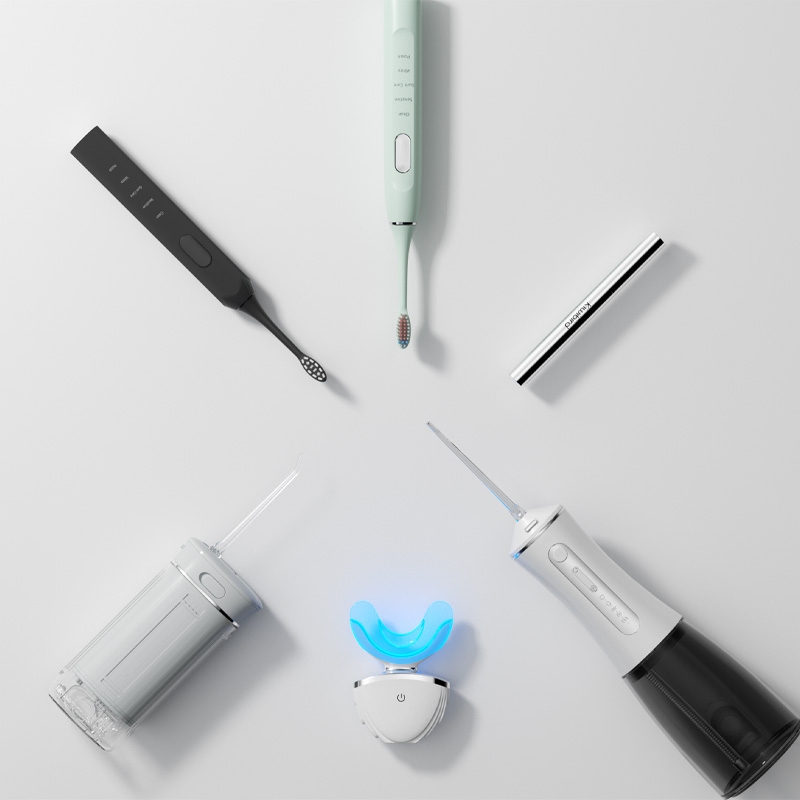
Why the Colorado outdoor toothbrush is the ultimate Colorado adventure toothbrush
.jpg)
A Complete Guide to OEM Customization of Electric Toothbrushes: From LOGO Printing to Core Function Development
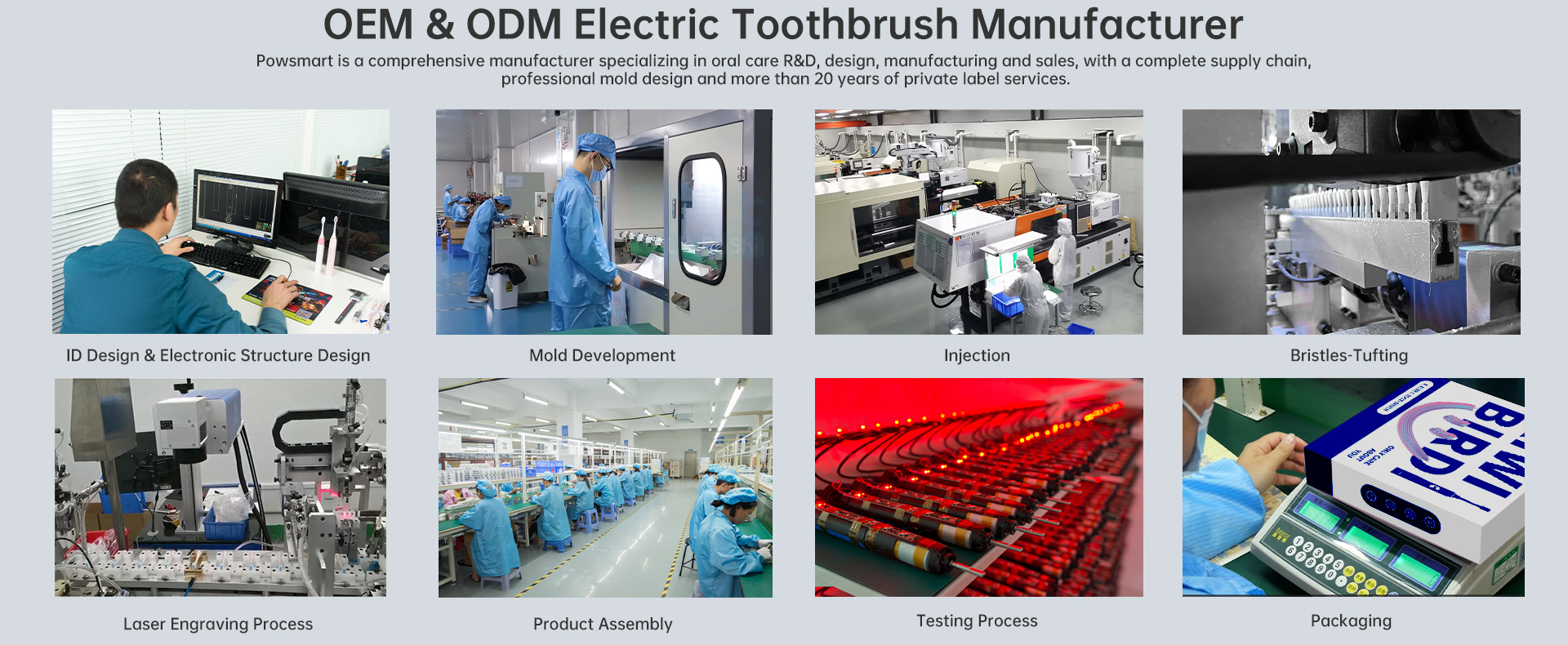
ISO 13485 Certification Interpretation: How Do Electric Toothbrush Meet Medical Device-Grade Production Standards?
Why Dentin Exposure Risk with UV Light Risks?
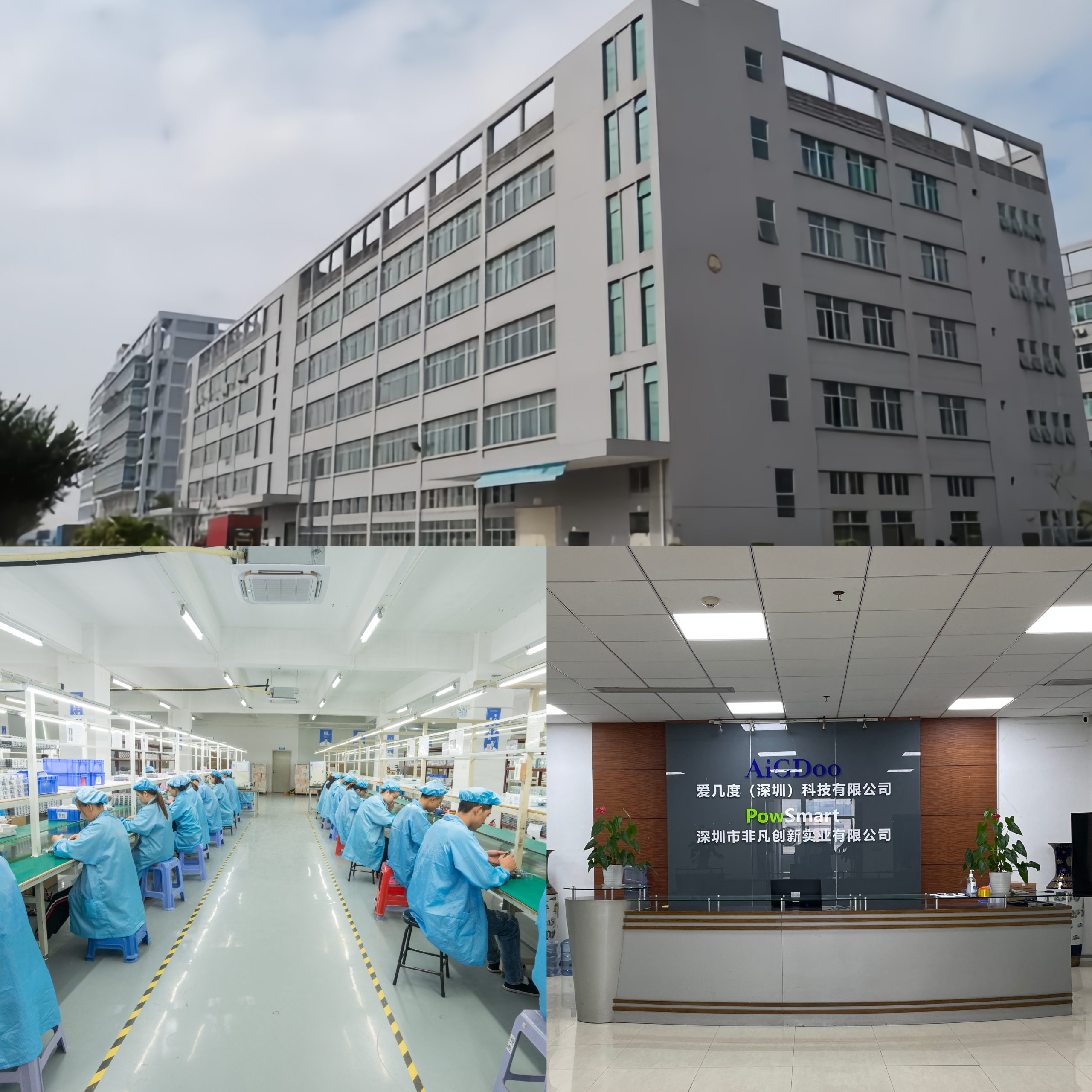
Electric Toothbrush OEM Must-Know Question: How Much Money Can the Existing Mold Library Save?
Charging Time Efficiency & Oral pH Alteration: A Subtle Link?

Improvement Record of Waterproof Defect of Water Flossers and the Latest Technical Solutions

electric toothbrush heads Regular Clean

Electric toothbrush heads Charcoal Infused-Diamond

electric toothbrush heads Ultra Soft
.jpg)
Florida Electric Toothbrush – Powsmart PTR-C8

Private Label Whitening Gel

electric toothbrush heads Charcoal Infuse-Round

electric toothbrush heads Deep Clean

Customization Teeth Whitening Gel
whstapp
whstapp
National Toll-Free Service Hotline
+86 755 86238638